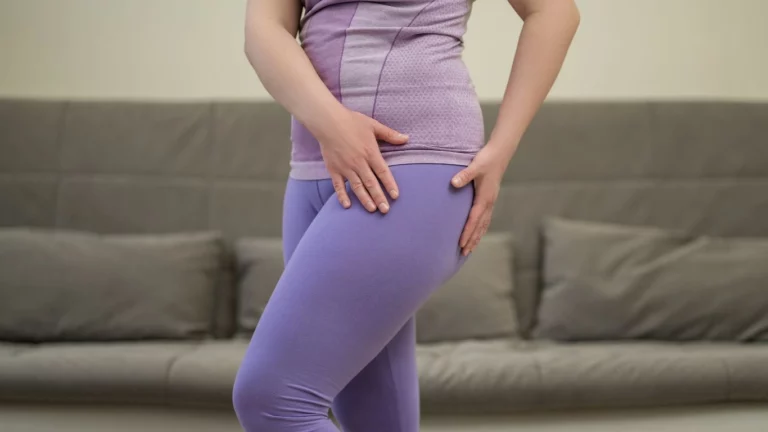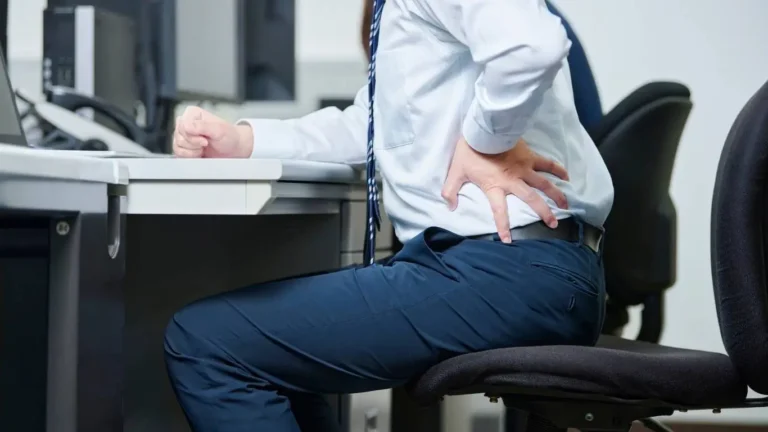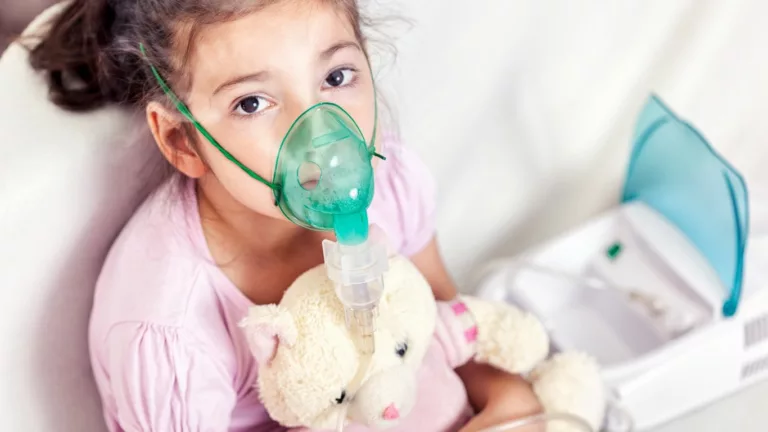Discover How Hibiscus Tea Can Quickly Lower Blood Pressure Naturally
If you’ve ever wondered, “Can hibiscus tea lower blood pressure fast?”—you’re definitely not alone. As an Internal Medicine Physician who specializes in hypertension management, I get asked this question quite often. Hypertension is one of those sneaky health issues that doesn’t always show obvious symptoms but can quietly wreak havoc on your heart and overall well-being. Over the years, I’ve seen many patients turning to natural remedies like hibiscus tea, hoping for quick results. So, let’s unpack this popular query with some solid facts, personal insights, and practical advice.
The Connection Between Hibiscus Tea and Blood Pressure
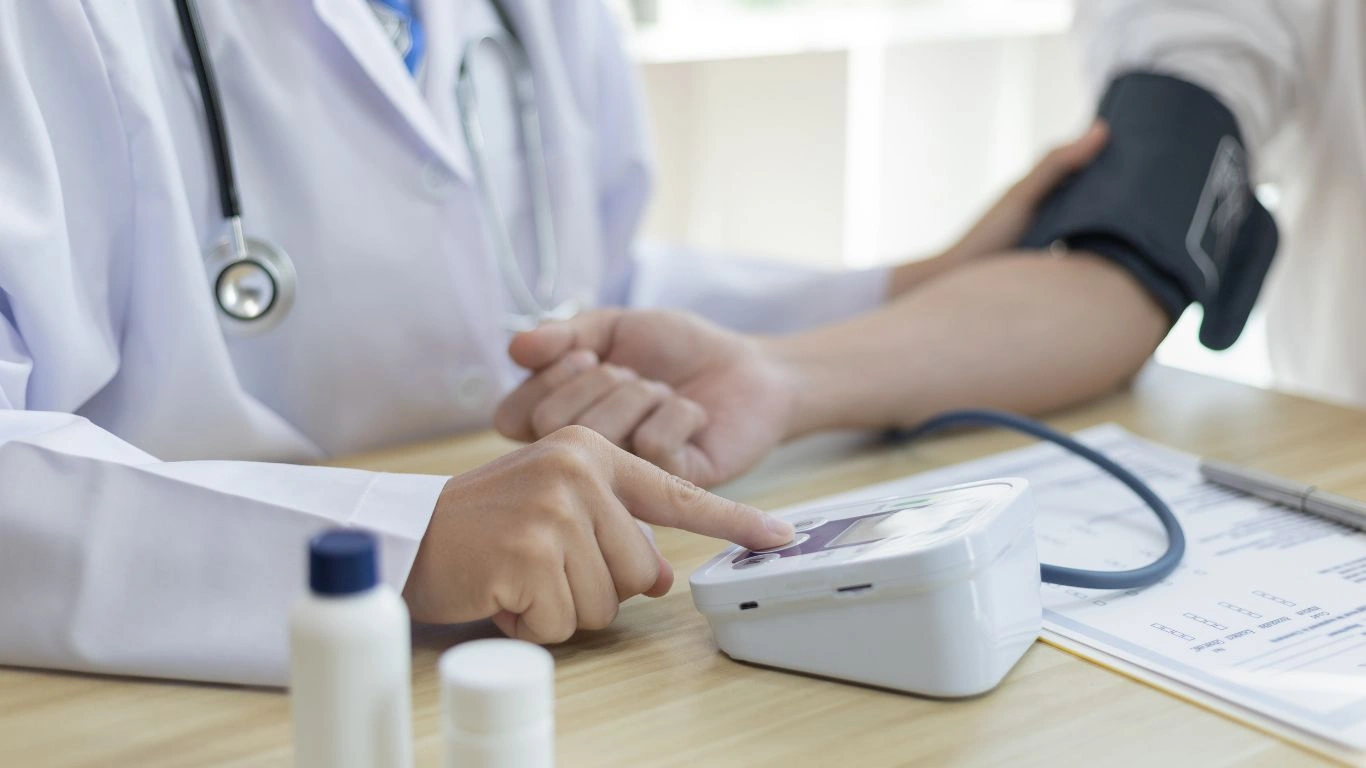
Hibiscus tea isn’t just a pretty, ruby-red drink—it’s packed with compounds that may actually help lower blood pressure. From my clinical experience and research, hibiscus contains natural antioxidants and phytochemicals like anthocyanins, which seem to have a relaxing effect on blood vessels. This can, in turn, improve blood flow and reduce the strain on your cardiovascular system.
But here’s the catch: while hibiscus tea has shown promise, it’s important to understand what “fast” really means in this context. Blood pressure management is a marathon, not a sprint. If you’re dealing with elevated numbers, hibiscus tea might help lower your readings in a matter of hours to days, but sustained control requires consistent lifestyle changes and sometimes medication.
What Science Says About Hibiscus Tea and Hypertension
Numerous studies have investigated the effects of hibiscus tea on blood pressure, and many have found significant reductions in both systolic and diastolic readings after regular consumption. For example:
- One clinical trial showed that drinking hibiscus tea daily for six weeks led to an average systolic pressure drop of about 7 points.
- Another study suggested that hibiscus tea might be as effective as some mild blood pressure medications for people with mild hypertension.
That said, it’s not a miracle cure. The impact varies depending on your overall health, diet, genetics, and how consistently you consume the tea. From my practice, I’ve noticed patients who integrate hibiscus tea alongside healthy eating, regular exercise, and medication adherence often experience better outcomes than those relying on a single remedy.
How Quickly Can Hibiscus Tea Lower Blood Pressure?
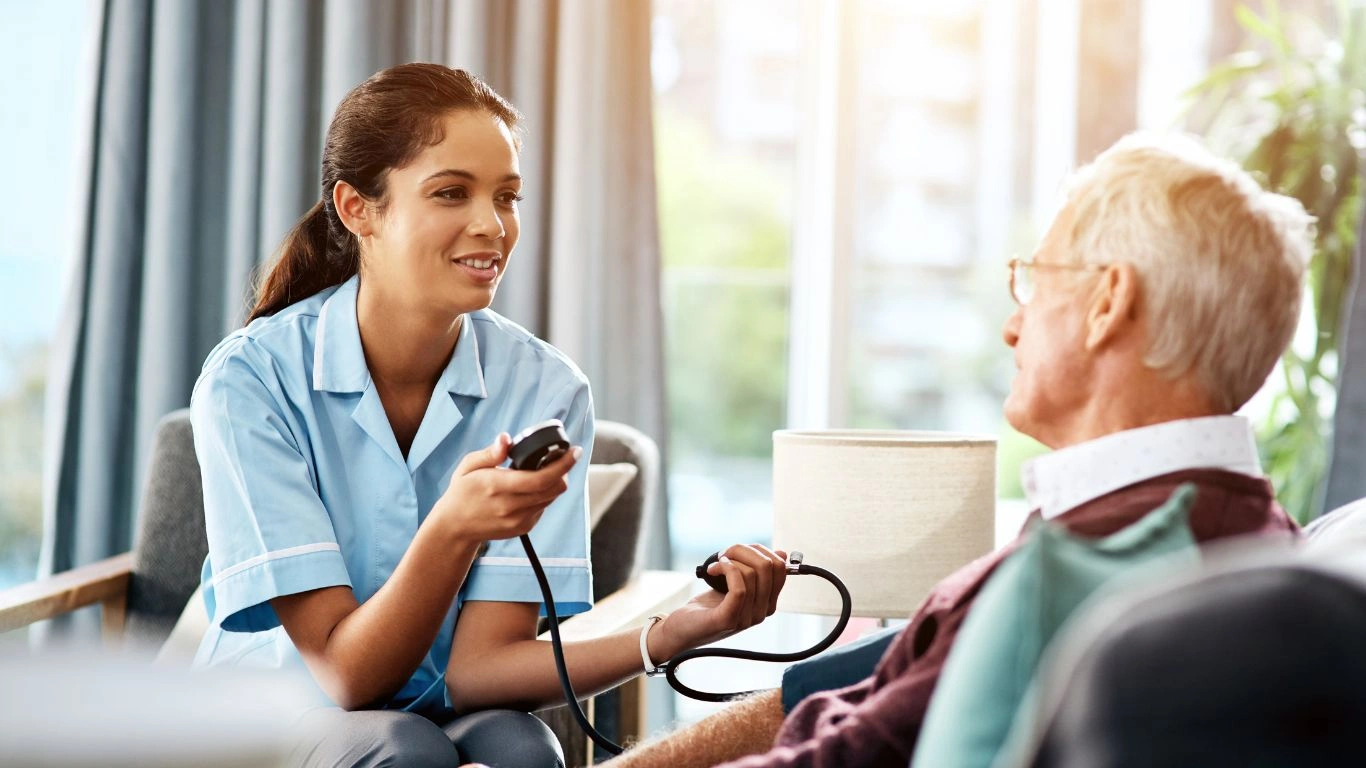
Here’s where the question “Can hibiscus tea lower blood pressure fast?” really comes into play. In clinical settings, “fast” can mean a few hours to a few days after consistent drinking. However, the initial effects you might notice depend on several factors:
- Your baseline blood pressure: Those with slightly elevated blood pressure may see quicker effects compared to someone with severe hypertension.
- Amount of tea consumed: Most studies used about 1-3 cups per day, so drinking less might reduce the benefits.
- Other lifestyle habits: If your diet is high in salt or you’re sedentary, hibiscus tea alone won’t do much magic.
In my experience, some patients report a subtle feeling of relaxation and slight blood pressure dip within hours, but these changes are modest. For meaningful and lasting blood pressure reduction, expect to consume hibiscus tea regularly for at least several weeks.
Is Hibiscus Tea Safe for Everyone?
Before you dive in and chug a gallon of hibiscus tea, there are some safety considerations I always emphasize. Generally, hibiscus tea is safe for most adults. However:
- People on certain blood pressure medications should consult their doctor first, as hibiscus can amplify medication effects and cause blood pressure to drop too low.
- Pregnant or breastfeeding women should be cautious because the effects of hibiscus on pregnancy aren’t well-studied.
- Allergies and interactions: Some individuals might have sensitivities, especially if allergic to flowers or plants related to hibiscus.
So, while hibiscus tea is a natural option, it’s always best to chat with your healthcare provider before making it part of your routine, especially if you’re managing hypertension or other chronic conditions.
How to Incorporate Hibiscus Tea into Your Daily Routine
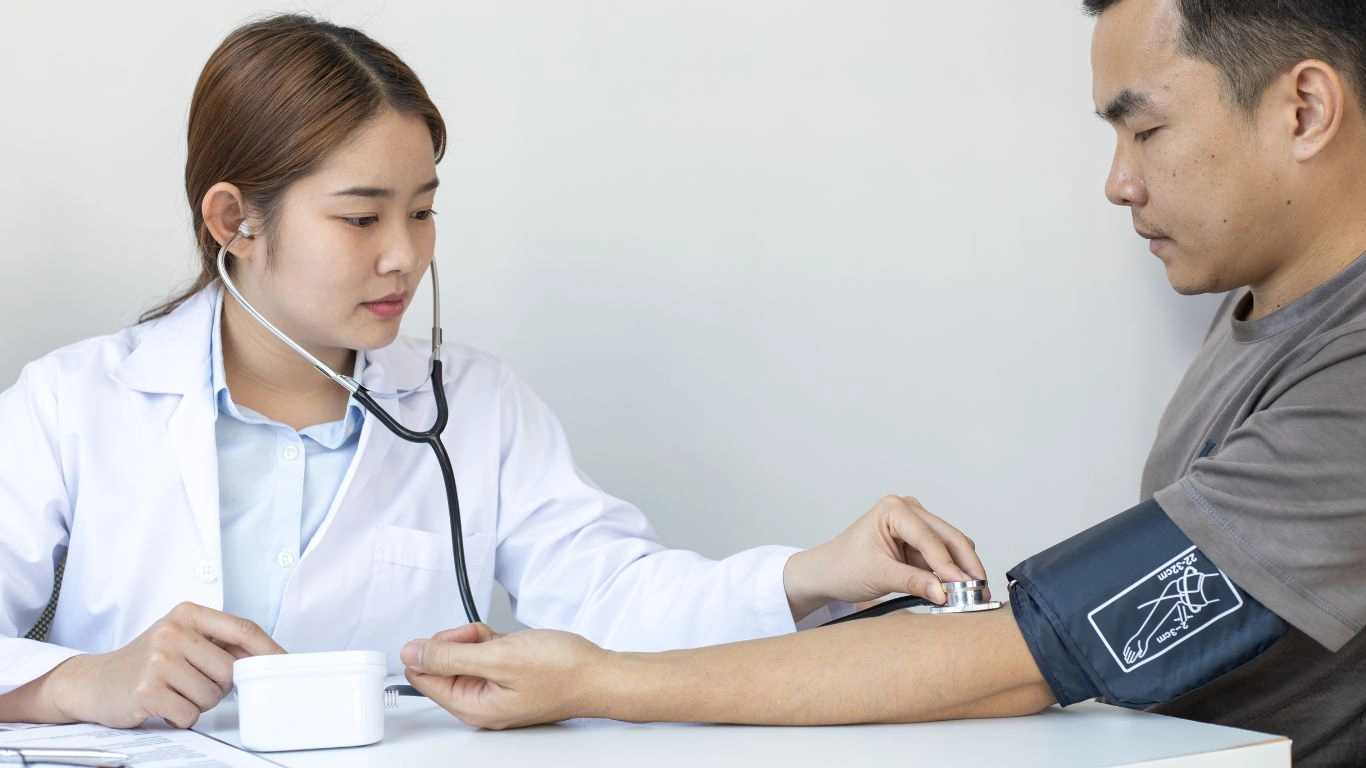
Now that we’ve talked about whether hibiscus tea can lower blood pressure fast, let’s get practical. If you’re thinking about adding this vibrant tea to your daily habits, here’s what I usually recommend my patients—and what I’ve seen work well firsthand.
Start Slow and Steady
Jumping in with three cups a day might sound tempting, but it’s better to start with one cup and see how your body reacts. Hibiscus tea has a tangy, tart flavor that might take some getting used to. Personally, I advise sipping it either in the morning or early afternoon—this way, you can track any effects on your blood pressure and avoid any potential nighttime disruptions.
Best Time and Preparation Tips
Brewing hibiscus tea properly is key. Here’s a simple way to get the most out of your cup:
- Use about 1 to 2 teaspoons of dried hibiscus petals per cup of hot water.
- Let it steep for 5 to 10 minutes to extract those valuable antioxidants.
- Add natural sweeteners like honey or a slice of lemon if the tartness feels too strong.
One thing I’ve learned is that consistency is king. Drinking hibiscus tea daily (or nearly daily) over weeks is when you start to see real benefits, not just the one-off sips. From my clinical standpoint, it’s this kind of habit that supports blood pressure improvements alongside other lifestyle changes.
Other Lifestyle Habits That Boost Blood Pressure Control
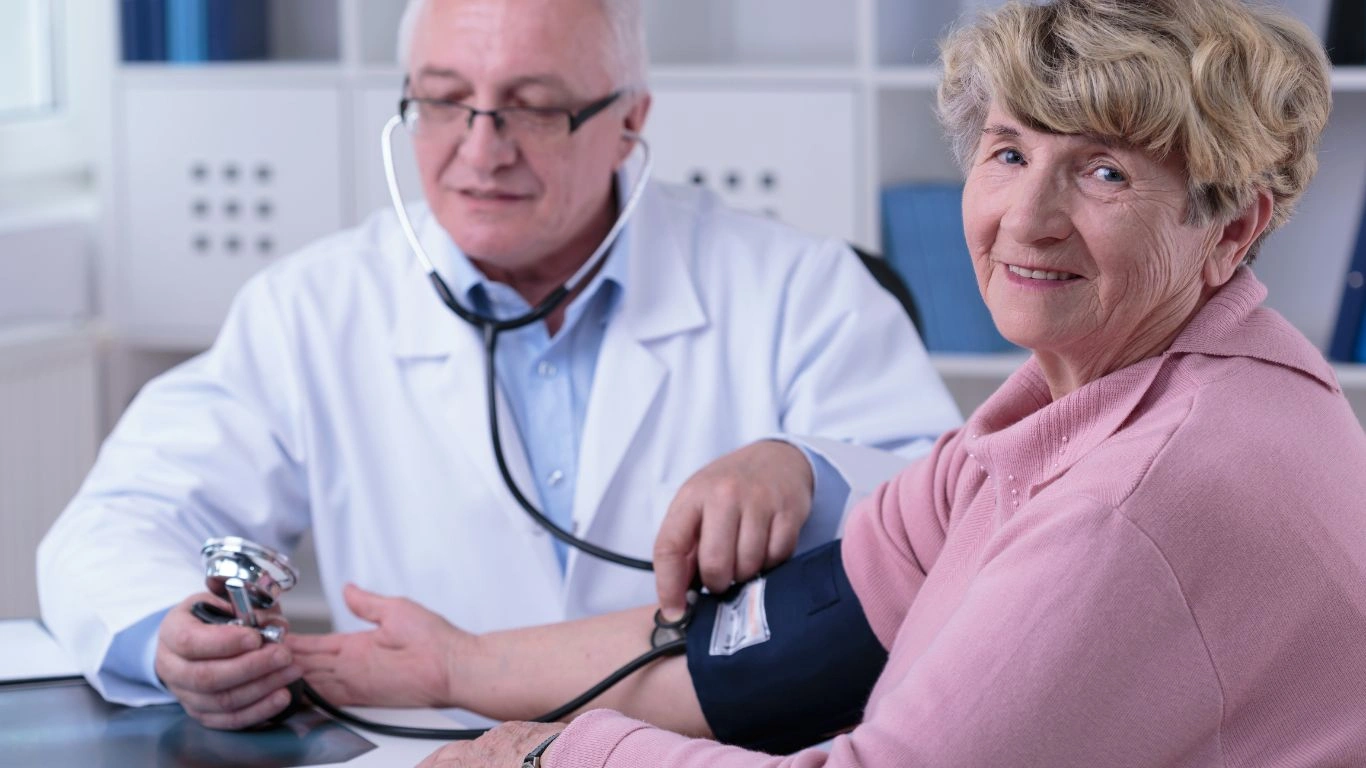
While hibiscus tea is a great natural aid, relying solely on it for rapid blood pressure reduction isn’t realistic. I always emphasize to my patients that controlling hypertension involves multiple strategies working together. Here are some habits I frequently highlight:
1. Mind Your Salt Intake
Cutting down on sodium is one of the most effective ways to lower blood pressure. Even if hibiscus tea is working its magic, loading up on salty snacks or processed foods can cancel out those benefits pretty quickly. Try to keep your salt intake under 2,300 mg per day, or less if your doctor advises it.
2. Move More, Stress Less
Physical activity helps your heart work more efficiently and can improve blood vessel flexibility. Even just 30 minutes of brisk walking most days can make a difference. On top of that, stress management techniques like meditation or deep breathing can reduce your body’s stress hormones, which sometimes push blood pressure up.
3. Maintain a Healthy Weight
Extra weight puts more strain on your heart and arteries. I’ve seen many patients drop their blood pressure numbers just by losing a few pounds through balanced diet and exercise. This doesn’t mean crash dieting—slow, sustainable changes work best.
4. Keep Tabs on Your Medications
If you’re already on blood pressure meds, don’t stop or adjust doses without talking to your doctor. Sometimes hibiscus tea can interact with medications, causing blood pressure to drop too low. I always make sure my patients understand this balance to avoid complications.
Is Hibiscus Tea a Substitute for Medication?

This is a question I hear a lot: “Can I skip my meds if I drink hibiscus tea?” The honest answer is no. Hibiscus tea should be seen as a complementary approach rather than a replacement for prescribed treatments. Blood pressure management is complex and individualized. While natural remedies like hibiscus can provide support, they’re not a standalone cure.
In my practice, I always encourage patients to keep up with their medications and doctor visits. If someone wants to try hibiscus tea, we discuss it openly to make sure it fits safely into their overall plan. For many, it becomes a pleasant, heart-healthy habit that complements other treatments, rather than a quick fix.
When to See Your Doctor
Even if you love hibiscus tea and want to give it a go, there are times when immediate medical attention is crucial:
- If your blood pressure readings are dangerously high (e.g., above 180/120 mm Hg).
- If you experience symptoms like chest pain, severe headaches, vision changes, or shortness of breath.
- If you notice unexpected side effects after starting hibiscus tea or changing your medication.
These aren’t moments to rely on home remedies. Instead, get evaluated promptly to prevent complications.
Potential Side Effects and Precautions When Using Hibiscus Tea
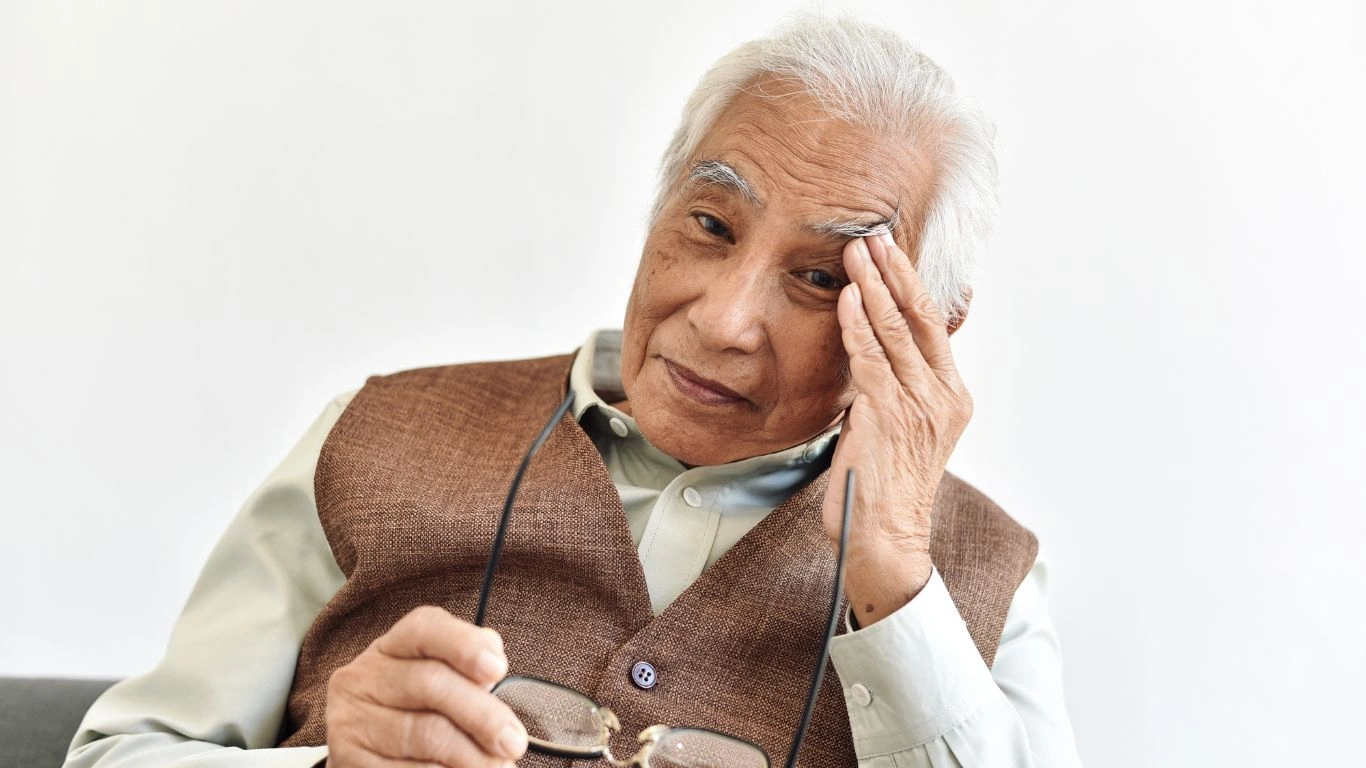
Like anything natural, hibiscus tea is not entirely free from possible side effects or precautions. From my years in clinical practice managing patients with hypertension, I always emphasize that “natural” doesn’t automatically mean “risk-free.” Here are some things I’ve seen or discussed with patients that you should keep in mind:
Blood Pressure Drops Too Low?
It’s rare, but some people—especially those already on blood pressure meds—might experience hypotension (blood pressure dropping too low) if they drink hibiscus tea regularly without consulting their doctor. This can cause dizziness, fatigue, or even fainting. If you notice these symptoms, it’s crucial to check your blood pressure and speak with your healthcare provider to adjust your treatment plan.
Allergic Reactions
Although uncommon, some folks can develop allergic reactions to hibiscus. Symptoms may include itching, swelling, or a rash. I always ask patients about any plant allergies before recommending hibiscus tea, just to be safe.
Impact on Pregnancy and Breastfeeding
In my clinical guidance, I advise pregnant and breastfeeding women to avoid hibiscus tea unless cleared by their OB/GYN. The evidence on hibiscus’s effects during pregnancy is limited, and it’s better to err on the side of caution during these sensitive times.
Other Natural Remedies That Complement Hibiscus Tea

If you’re curious about adding more natural strategies to your hypertension toolbox, there are several other options I’ve found helpful for patients, alongside hibiscus tea. They’re not substitutes for medical advice or treatment but can be great complementary approaches.
1. Beetroot Juice
Beets are rich in nitrates, which your body converts into nitric oxide—a compound that helps relax and widen blood vessels. Drinking fresh beetroot juice or adding cooked beets to your meals can support healthy blood pressure levels.
2. Garlic
Garlic has long been touted for its cardiovascular benefits. It may help lower blood pressure by relaxing blood vessels and improving arterial elasticity. I often suggest incorporating fresh garlic into cooking or taking garlic supplements, after checking for any medication interactions.
3. Omega-3 Fatty Acids
Found in fatty fish like salmon and mackerel, omega-3s have anti-inflammatory properties and may help reduce blood pressure. Including fish in your diet a couple of times a week or taking fish oil supplements can be a heart-healthy habit.
4. Mind-Body Techniques
Techniques like yoga, tai chi, and meditation can help reduce stress—a known contributor to high blood pressure. These practices promote relaxation and improve your body’s ability to regulate blood pressure naturally.
Wrapping Up: My Take as a Physician
When patients ask me, “Can hibiscus tea lower blood pressure fast?” I try to be honest and clear. It can be a helpful, natural part of a broader plan to manage blood pressure, but it’s not an instant fix. The best results come when it’s combined with healthy lifestyle changes, regular monitoring, and medical guidance.
From my perspective, hibiscus tea is a lovely, low-risk addition that many enjoy—not just for its potential health benefits but also for its flavor and calming ritual. If you decide to try it, keep realistic expectations, be consistent, and always keep your healthcare provider in the loop, especially if you’re on medication.
References
- American Heart Association
- American Heart Association Journals
- National Heart, Lung, and Blood Institute
- American Gastroenterological Association
Disclaimer
This article is intended for informational purposes only and should not be considered medical advice. Always consult with your healthcare provider before starting any new treatment or making significant changes to your health regimen, especially if you have existing health conditions or are taking medication. The information provided here reflects my experience as an Internal Medicine Physician and the current scientific literature but may not apply to everyone’s individual circumstances.

Dr. Gwenna Aazee is a board-certified Internal Medicine Physician with a special focus on hypertension management, chronic disease prevention, and patient education. With years of experience in both clinical practice and medical writing, she’s passionate about turning evidence-based medicine into accessible, actionable advice. Through her work at Healthusias.com, Dr. Aazee empowers readers to take charge of their health with confidence and clarity. Off the clock, she enjoys deep dives into nutrition research, long walks with her rescue pup, and simplifying medical jargon one article at a time.

